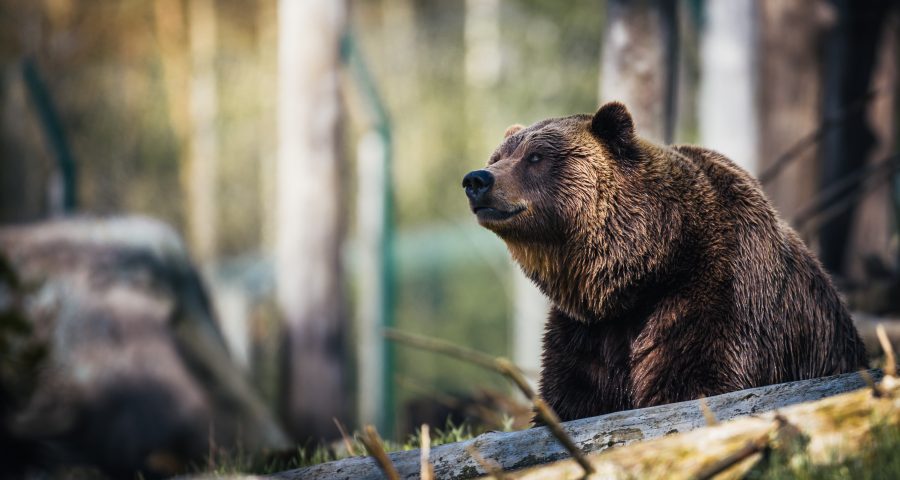Does a bear…CLOT in the woods?
This is Sandra Tsing Loh with the Loh Down on Science.
Prolonged inactivity–like LONG flights–can increase the risk of harmful blood clots in humans. Interestingly, bears that hibernate for MONTHS, don’t share this same risk. Why?
Enter Manuela Thienel from the University Hospital of Munich and international team.
Researchers analyzed heart scans and blood samples of thirteen bears during and after hibernation. There weren’t signs of increased clotting, so they looked DEEPER into their blood for clues.
Results? The biggest finding was lower levels of a molecule called heat shock protein forty-seven. This was FIFTY-FIVE times LOWER in hibernating bears compared to active ones! Turning to mice, these scientists confirmed this molecule normally HELPS blood clot. So, bears’ bodies naturally lower levels to prevent blood from dangerously clotting. This also happens in pigs AND paralyzed humans, meaning different species share this natural defense.
Scientists think this mechanism could help treat deadly blood clots in the lungs.
As they say in Munich… das ist un-BEAR-lievable!
Reference:
Thienel, M., Müller-Reif, J. B., Zhang, Z., Ehreiser, V., Huth, J., Shchurovska, K., Kilani, B., Schweizer, L., Geyer, P. E., Zwiebel, M., Novotny, J., Lüsebrink, E., Little, G., Orban, M., Nicolai, L., El Nemr, S., Titova, A., Spannagl, M., Kindberg, J., Evans, A. L., … Petzold, T. (2023). Immobility-associated thromboprotection is conserved across mammalian species from bear to human. Science (New York, N.Y.), 380(6641), 178–187. https://doi.org/10.1126/science.abo5044

